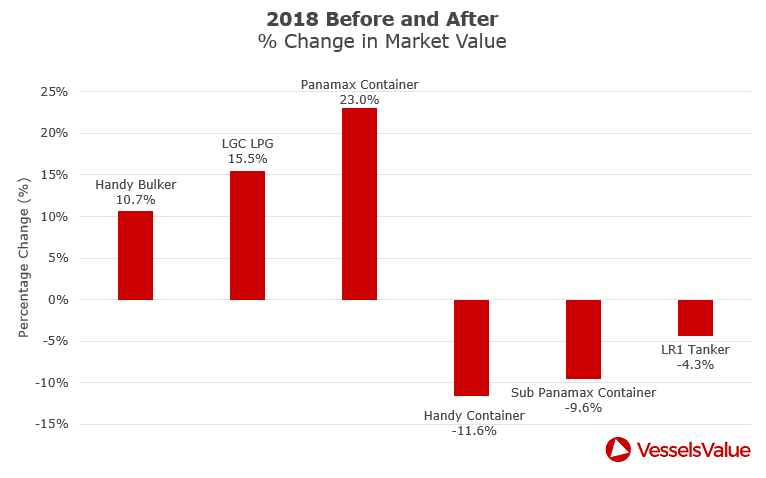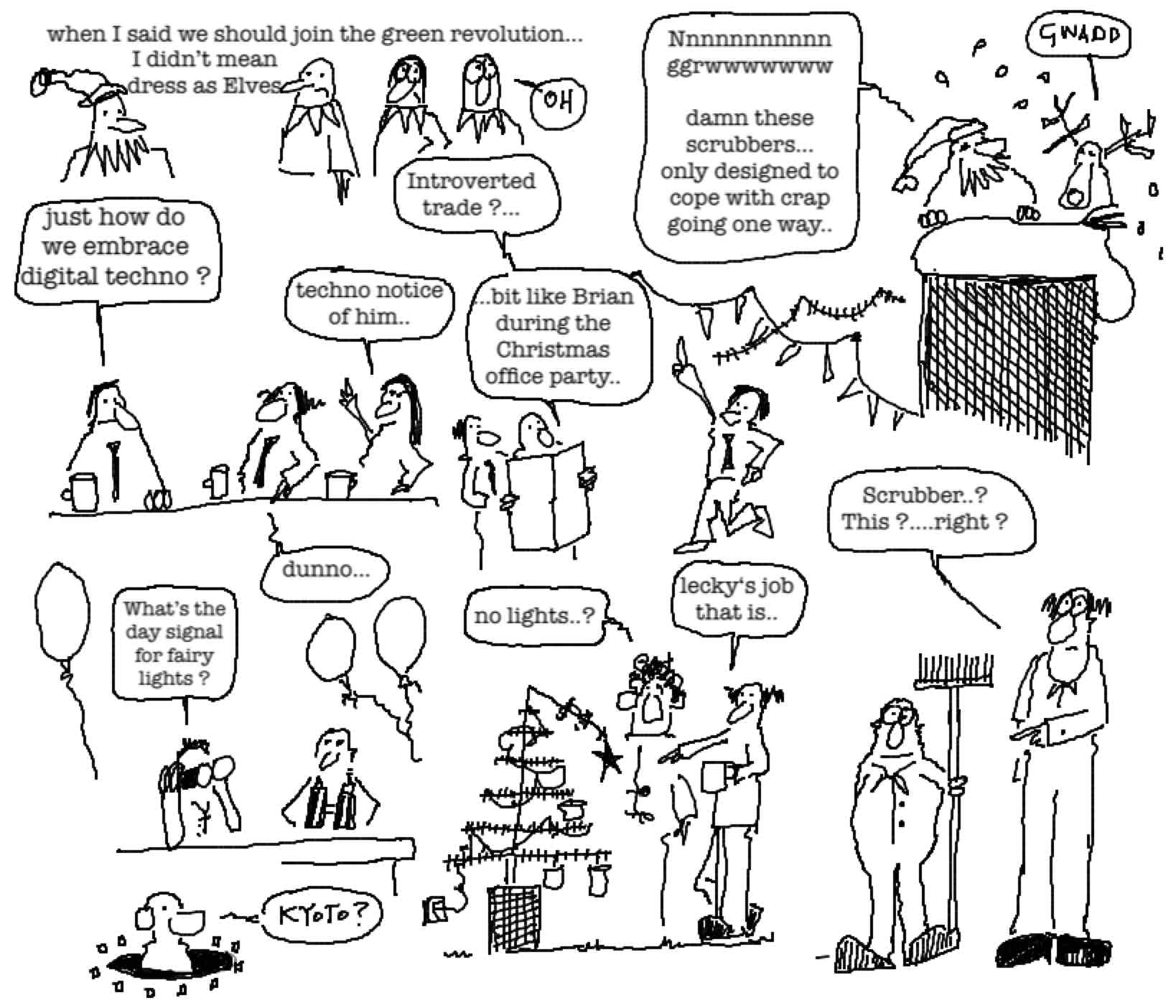Why today’s fuel debate will look like hot air 10 years from now

First up in this annual roundup I’d like to apologise to my son. Splash Towers has been like Withnail on loop this year with scrubbers mentioned day in, day out and the debate seems to have rubbed off on my five-year-old. Yesterday he came home from school very proud of his latest picture (carried above), which frankly showed a rather good grasp of the 2020 issues shipping faces.
I was asked earlier this month by logistics group Toll to pen a few words on what was the main news item in shipping for the year and I wrote that 2018 was the year that the industry finally got Kyotoed.
The decision taken at IMO in April to cut CO2 emissions from ships by at least 50% by 2050 was monumental, and will change this industry more than any other regulation in the past 50 years. Nevertheless, I am not alone in feeling the agreement was a fudge, taking 2008 levels as the baseline for the cut, when in the past decade alone ships have been modified to cut their emissions by up to half already.
The 2020 sulphur cap implementation is trivial in terms of importance compared to the 2050 ruling. If ships continue to trade for 25 years then we have until the middle of the next decade to come up with some radical designs for greener vessels.
I think it is important for shipping to realise a 50% greenhouse gas emissions cut from 2008 levels will not suffice, far greater pressure will come to bear in the coming years as environmental catastrophes loom across the planet.
The debate over shipping’s fuel mix this decade will look like a huge amount of hot air in 10 years’ time, I predict. Talk of stepping stones and transition fuels miss the point – we need to think more boldly, more united and deploy resources better to create carbon neutral solutions today, not in some far off date in the future. Perhaps the single biggest news story of the year – when viewed 10 years from now – was the launch this month by MAN of a marine, liquid hydrogen fuel-gas system.
While off the record many of its peers have been moaning to me about it, I applaud Maersk’s 2050 carbon neutral pledge announced earlier this month – it is visionary, and it is also plain, good old business sense to be prepared and to be ahead of the pack.
In terms of the markets 2018 was a classic psychotic rollercoaster as only shipping can deliver, most acutely felt in the tanker trades where the first four months of the year were among the worst ever recorded for VLCCs and yet by the end of the year you knew things had turned as Greeks piled in to hoover up many tanker bargains.
I am indebted to our friends at VesselsValue who have provided us with this great graphic below of the three five-year-old ship types that appreciated the most in price this year as well as the three biggest losers.

I worry whether in true shipowner lemming fashion LNG is set for a blowout. Rates shot up to $200,000 a day this quarter, but have since been chopped in half and the number of LNG orders placed in the last month is likely to go down as a record.
In comparison to 2017 and 2016, container shipping had a mercifully ‘dull’ year, which frankly it needed.
For dry bulk, after the horrors of the past decade, 2018 was decent, albeit the sector failed to kick on in the final quarter as many had hoped.
Next year promises to be an exciting one for us at Asia Shipping Media with the launch of a new editorial product, more staff joining the team and our Maritime CEO Forum making its European debut in Monaco. Splash will continue to bring you the news first and free.
Today is the last edition in 2018 of Daily Splash, our newsletter, however the site will continue to be updated in the coming days. The next issue of Daily Splash will be on January 3.
Before I pass the baton on to The Freaky Wave for his Christmas musings, I would like to wish all our readers a great festive season and a healthy and prosperous 2019.

